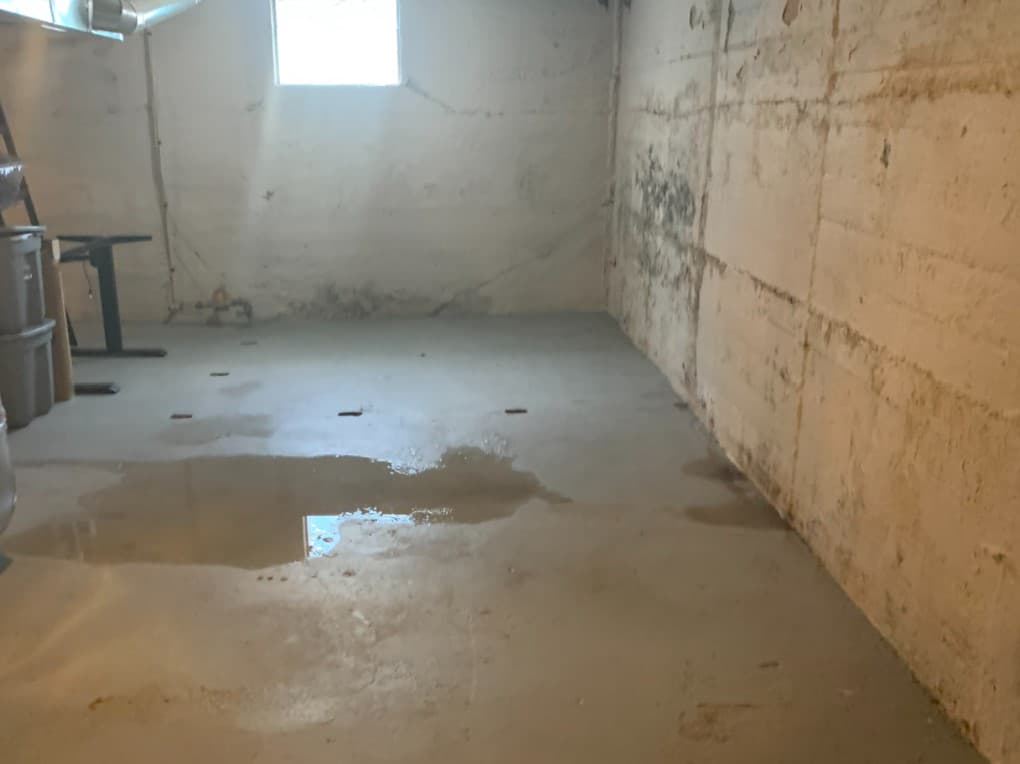Basement waterproofing is a crucial aspect of home maintenance to protect your property from water damage and mold growth. With several different methods available, it can be challenging to determine which approach is the most effective for your specific needs.
From interior sealants and drainage systems to exterior excavation and foundation coatings, each method offers its own set of advantages and drawbacks. In addition to understanding the functionality of these techniques, homeowners must also consider the costs associated with each option.
By comparing different basement waterproofing methods and their costs, you can make an informed decision to safeguard your basement against potential water intrusion.
Different Basement Waterproofing Methods

There are several different basement waterproofing methods to choose from, each with its own benefits and costs. One common method is interior waterproofing, which involves installing a system to redirect water away from the foundation and into a sump pump.
This can be effective in preventing water from entering the basement through cracks or gaps. Another option is exterior waterproofing, where a barrier is applied to the outside of the foundation to keep water out.
This method can be more costly but provides long-term protection against water damage. Additionally, there are options like epoxy injections, which can seal cracks in the foundation to prevent leaks. Ultimately, the best waterproofing method will depend on the specific needs of your basement and your budget.
Assessing the Effectiveness of Various Techniques

In order to determine the most effective basement waterproofing method, it is essential to assess the different techniques available. Each method has its own costs and benefits, making it crucial to compare and contrast their effectiveness in keeping basements dry.
From traditional methods such as exterior waterproofing to newer technologies like interior drainage systems, there are a variety of options to consider. By evaluating factors such as longevity, efficiency, and upfront costs, homeowners can make an informed decision on the best waterproofing solution for their basement. Additionally, considering the specific needs and conditions of the basement, such as the presence of mold or water damage, can help determine the most appropriate method for preventing future issues.
Comparing Costs of Basement Waterproofing Solutions

When comparing costs of basement waterproofing solutions, it is essential to consider factors such as the size of the basement, the severity of the moisture problem, and the chosen method of waterproofing. Some of the most common methods include interior sealants and exterior waterproofing membranes, which can range in cost depending on the materials used and the labor involved.
Additionally, methods such as French drains and sump pumps may also be necessary to provide comprehensive waterproofing, adding to the overall cost of the project. Ultimately, it is important to weigh the upfront costs of different waterproofing solutions against the potential long-term savings that come with a dry and protected basement.
Conclusion
In conclusion, it is clear that there are a variety of basement waterproofing methods available, each with its own benefits and costs. Whether you choose to invest in exterior waterproofing, interior waterproofing, or a combination of both, it is important to carefully consider your specific needs, budget, and the severity of your water damage issues.
The cost of waterproofing can vary significantly depending on the method chosen, but the long-term benefits of a dry and secure basement are certainly worth the investment. For those in the Niagara region looking for reliable foundation crack repair, consulting with a professional service like Foundation Crack Repair Niagara can help ensure your basement remains dry and free from water damage in the future.

